| Structure | Name/CAS No. | Articles |
|---|---|---|
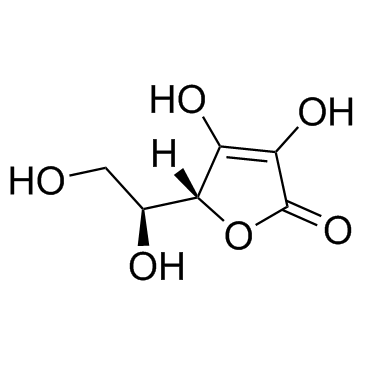 |
Ascorbic acid
CAS:50-81-7 |
|
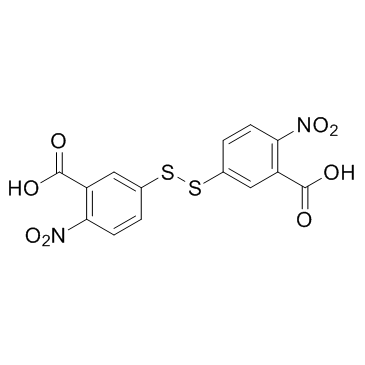 |
DTNB
CAS:69-78-3 |
|
 |
H-Arg(NO2)-OH
CAS:2149-70-4 |
|
 |
Water
CAS:7732-18-5 |
|
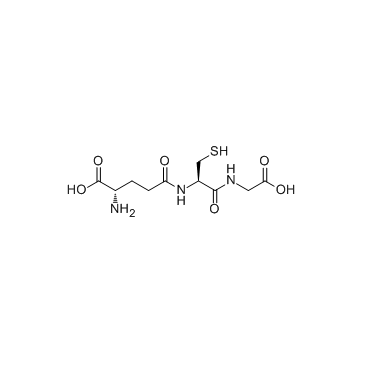 |
Glutathione
CAS:70-18-8 |
|
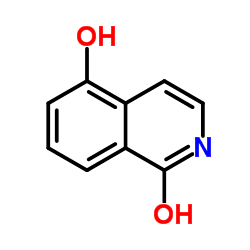 |
1,5-Isoquinolinediol
CAS:5154-02-9 |
|
 |
trisodium phosphate
CAS:7601-54-9 |
|
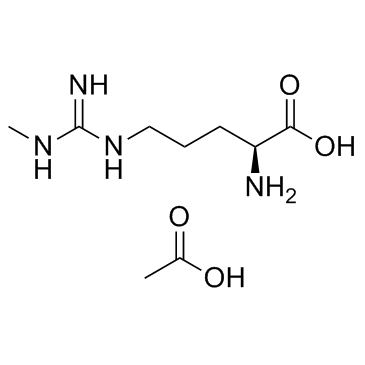 |
L-NMMA acetate
CAS:53308-83-1 |
|
 |
Ethylenediaminetetraacetic acid
CAS:60-00-4 |
|
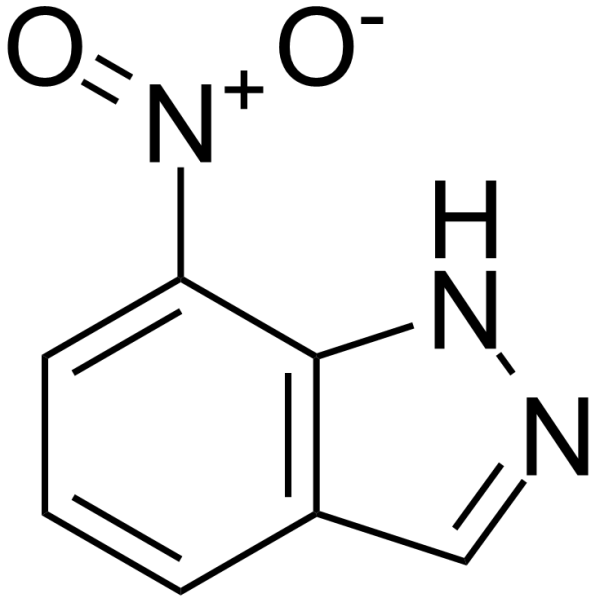 |
7-Nitroindazole
CAS:2942-42-9 |